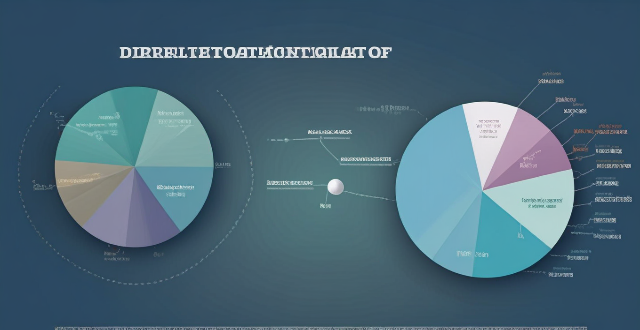Effective implementation of TCFD disclosures in companies involves establishing a governance framework, assessing climate-related risks and opportunities, developing scenario analysis, reporting and disclosing information, and ongoing management and updates. This process helps companies meet the requirements of the TCFD and prepare for a low-carbon future.

Effective Implementation of TCFD Disclosures in Companies
The Task Force on Climate-related Financial Disclosures (TCFD) was established by the Financial Stability Board to provide clarity, consistency, and comparability in how companies report climate-related risks and opportunities. Effective implementation of TCFD disclosures involves a structured approach that integrates climate-related considerations into financial planning and decision-making processes. Here's a detailed guide on how companies can effectively implement TCFD disclosures:
I. Establish a Governance Framework
A. Create a Steering Committee
1. Form a Cross-Functional Team: Include representatives from finance, sustainability, risk management, and relevant business units.
2. Assign Leadership Roles: Identify champions who will drive the process and ensure accountability.
B. Develop Policies and Procedures
1. Define Objectives: Clearly articulate the goals of implementing TCFD disclosures.
2. Set Timelines: Establish a realistic timeframe for completing each step of the process.
II. Assess Climate-Related Risks and Opportunities
A. Conduct an Inventory
1. Identify Emissions Sources: Quantify direct and indirect greenhouse gas emissions.
2. Assess Physical Impacts: Analyze how climate change could affect operations and supply chains.
3. Evaluate Transition Risks: Consider how policy changes and market trends may impact the business.
B. Integrate Findings into Financial Planning
1. Stress Test Financial Projections: Model scenarios based on different climate outcomes.
2. Adjust Capital Allocation: Allocate resources considering climate risks and opportunities.
III. Develop Scenario Analysis
A. Design Climate Scenarios
1. Select Relevant Parameters: Choose climate models and socioeconomic pathways that align with company strategy.
2. Build Scenarios: Develop both optimistic and pessimistic climate change scenarios.
B. Apply Scenarios Across Business Units
1. Operationalize Scenarios: Translate scenarios into specific operational challenges and opportunities.
2. Communicate Findings: Share insights across the organization to foster a culture of resilience.
IV. Reporting and Disclosure
A. Prepare Disclosure Documents
1. Follow TCFD Framework: Adhere to the recommendations on reporting metrics and disclosure format.
2. Ensure Compliance: Consult with legal and regulatory advisors to meet all requirements.
B. Engage Stakeholders
1. Solicit Feedback: Seek input from investors, customers, and other stakeholders.
2. Provide Clarity: Clearly communicate how climate factors are integrated into financial planning.
V. Ongoing Management and Updates
A. Continuous Monitoring
1. Track Performance Indicators: Routinely measure key performance indicators related to climate risks.
2. Adapt Strategies: Adjust business strategies based on evolving climate data and policies.
B. Regular Reporting Updates
1. Annual Reviews: Update disclosures annually to reflect new information and strategies.
2. Transparency: Maintain open channels of communication with stakeholders about progress and challenges.
By following these steps, companies can not only meet the requirements of the TCFD but also strengthen their overall resilience and prepare for a low-carbon future.